The wife of former England rugby player Tom Voyce has paid tribute to her late husband after his body was found in a river yesterday.
The 43-year-old was feared dead after attempting to cross a flooded river, when his car was swept away in Storm Darragh on Saturday.
She said that his death “leaves a hole in so many of our hearts”.
“Absolutely devastated and heartbroken doesn’t even describe how we feel.
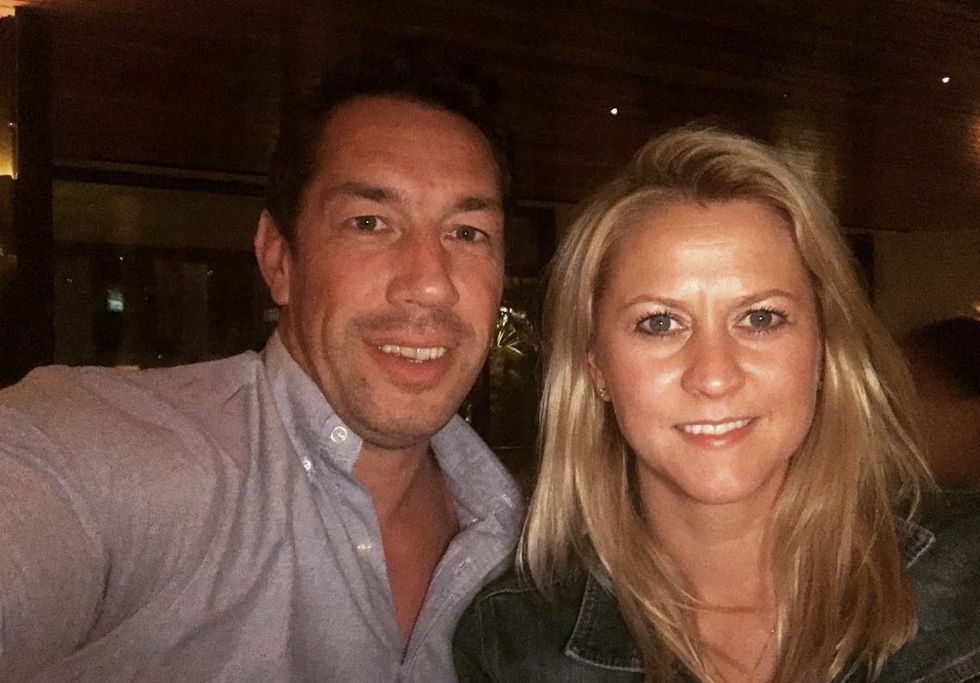 Tom Voyce and his wife Anna Wood, who he married in 2015Instagram
Tom Voyce and his wife Anna Wood, who he married in 2015Instagram“My main focus now is our son Oscar having done what he asked, ‘find Daddy’.”
She added: “Oscar is immensely proud of his Daddy and he was the best father and role model that Oscar could have asked for.
“Tom was proud, and cherished, his rugby memories and as an adopted ‘Northumbrian’ local he leaves a hole in so many of our hearts.”
A search party had been sent out after police were told he did not return home from an evening with friends on Saturday.
LATEST DEVELOPMENTS:
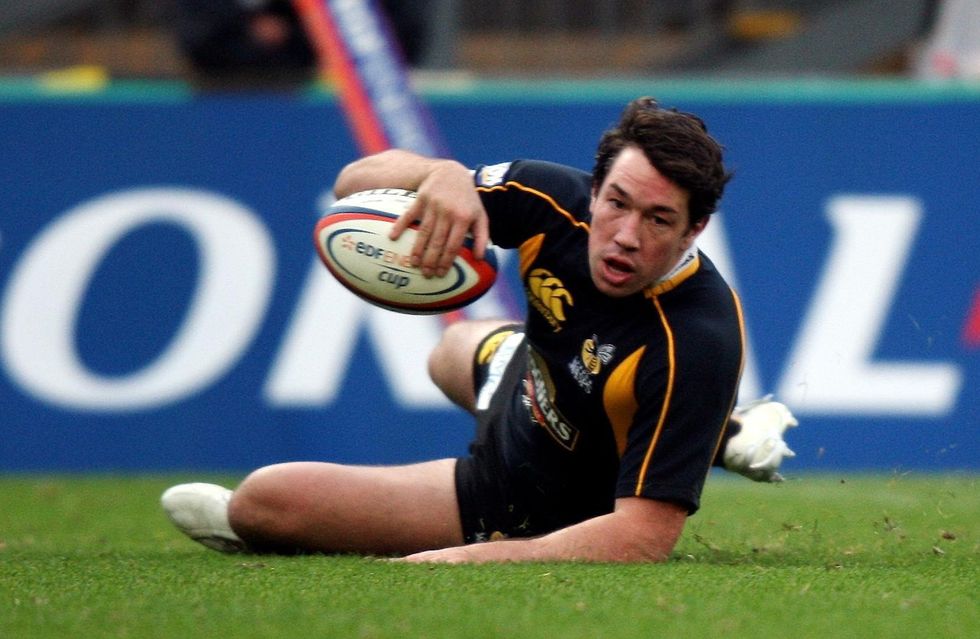 Tom Voyce played for Wasps, as well as England, during his careerPA
Tom Voyce played for Wasps, as well as England, during his careerPA Members of a search and rescue team at Abberwick Ford, searching for former England rugby player Tom VoycePA
Members of a search and rescue team at Abberwick Ford, searching for former England rugby player Tom VoycePAVoyce’s family and friends were involved in the search alongside the police, mountain rescue teams and the National Police Air Service.
“Tom would be blown away by the amount of people that were out there helping,” Voyce said.
“We have all been overwhelmed by the support of friends, many travelling from far afield to help with the search.
“We are just so lucky to live in such a special community that pulled together to find Tom.”
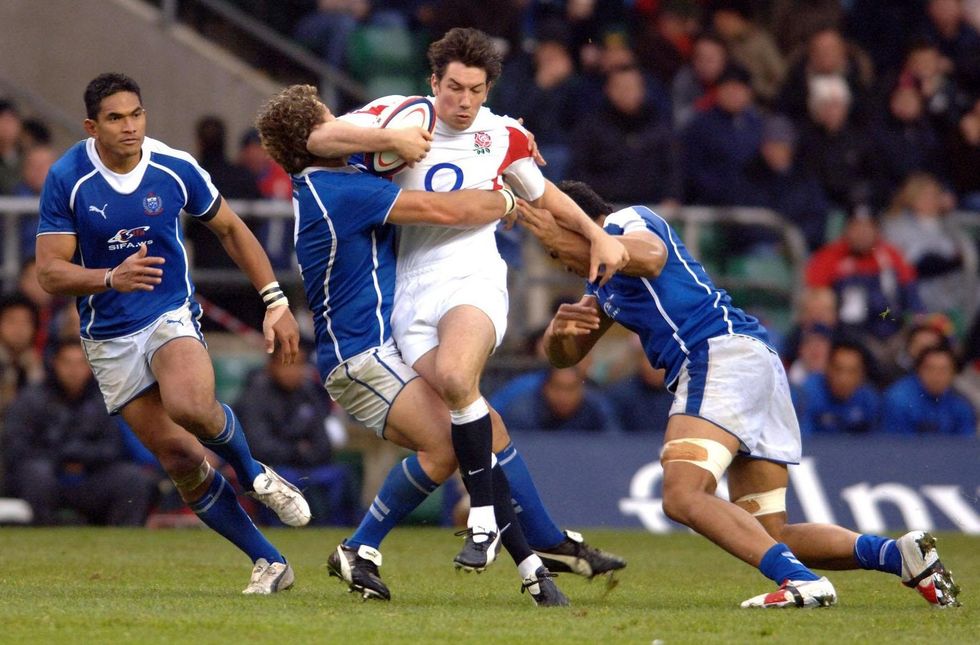 Tom Voyce played nine times for England in a successful careerPA
Tom Voyce played nine times for England in a successful careerPA
A search party had been sent out after police were told he did not return home from an evening with friends on Saturday
Getty
His Toyota Hilux was recovered around 15 metres downstream from the point where he tried to cross the river, but there was initially no sign of Voyce.
A body was recovered yesterday and has since been formally identified as Voyce.
Following the recovery of the body, Chief Superintendent Helena Barron, of Northumbria Police, said: “This is an extremely sad development and our thoughts very much continue to be with Tom’s loved ones.
“I would like to thank all of our officers, partners and volunteers for their assistance throughout the searches which have been conducted in very challenging circumstances.
“We would continue to ask that people respect the family’s privacy at this time.”
Voyce, who was capped nine times for England, retired from rugby in 2013 and has been living in Alnwick since 2020. He also played for Bath, Wasps and Gloucester at club level.













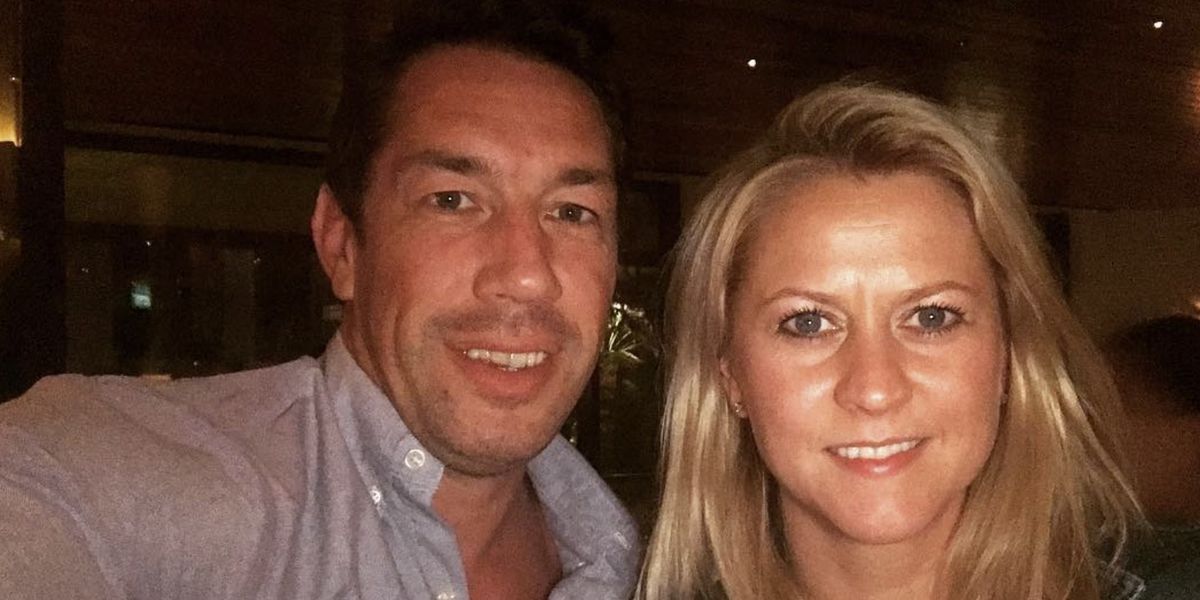
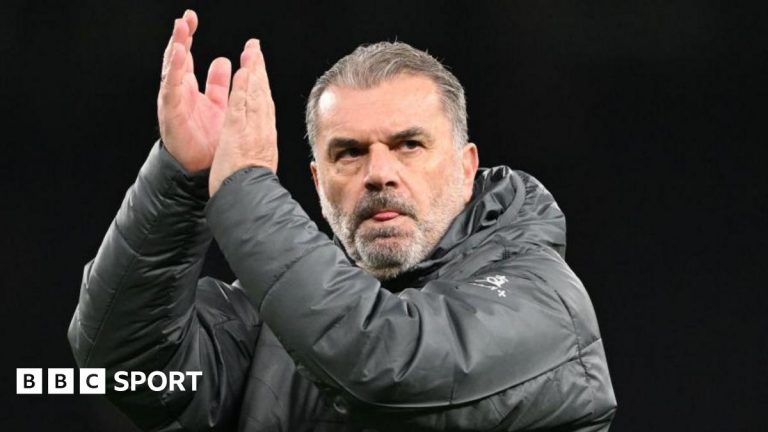
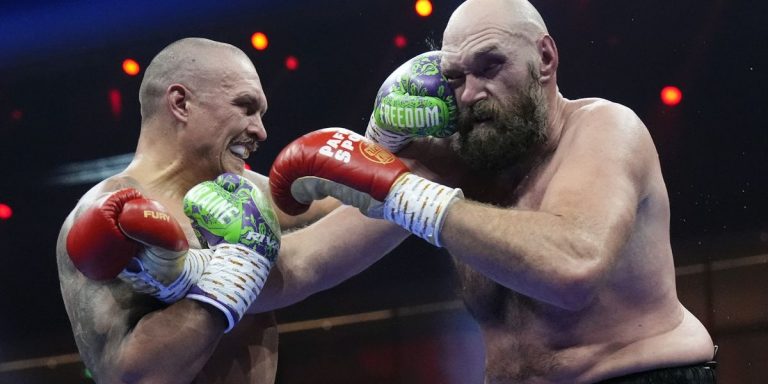



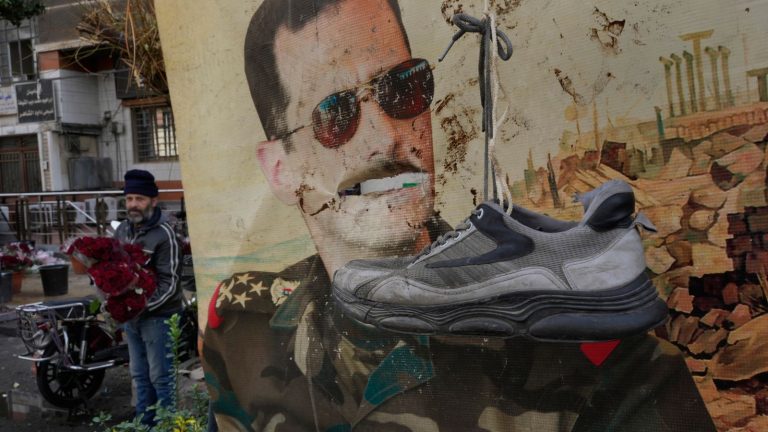



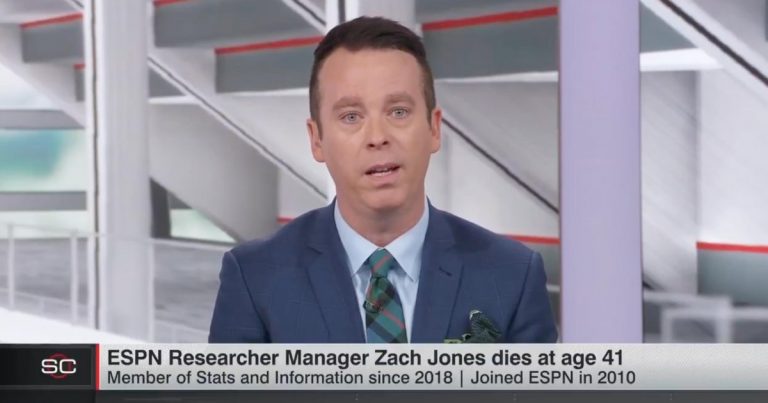
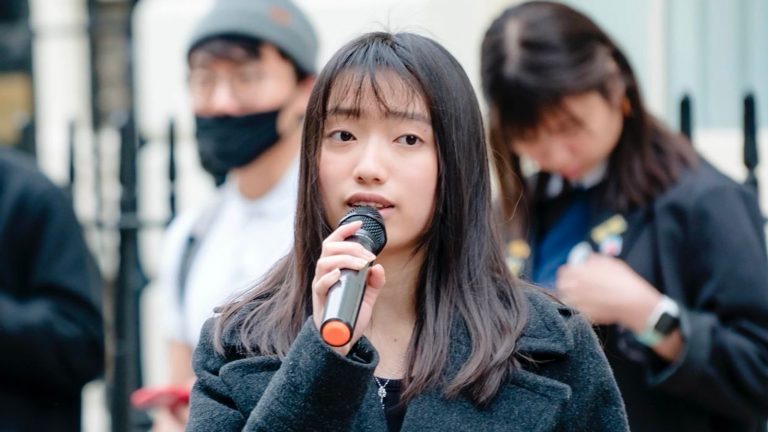


+ There are no comments
Add yours